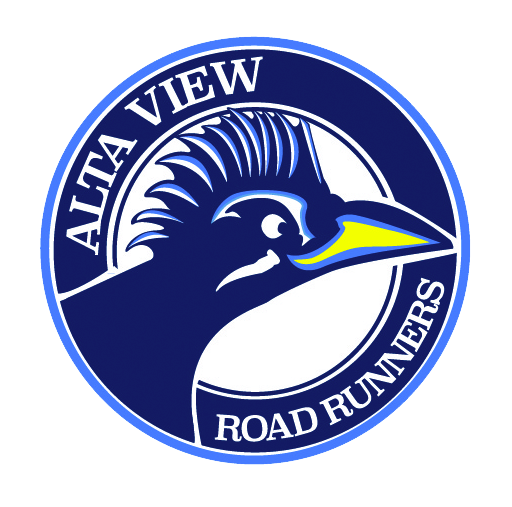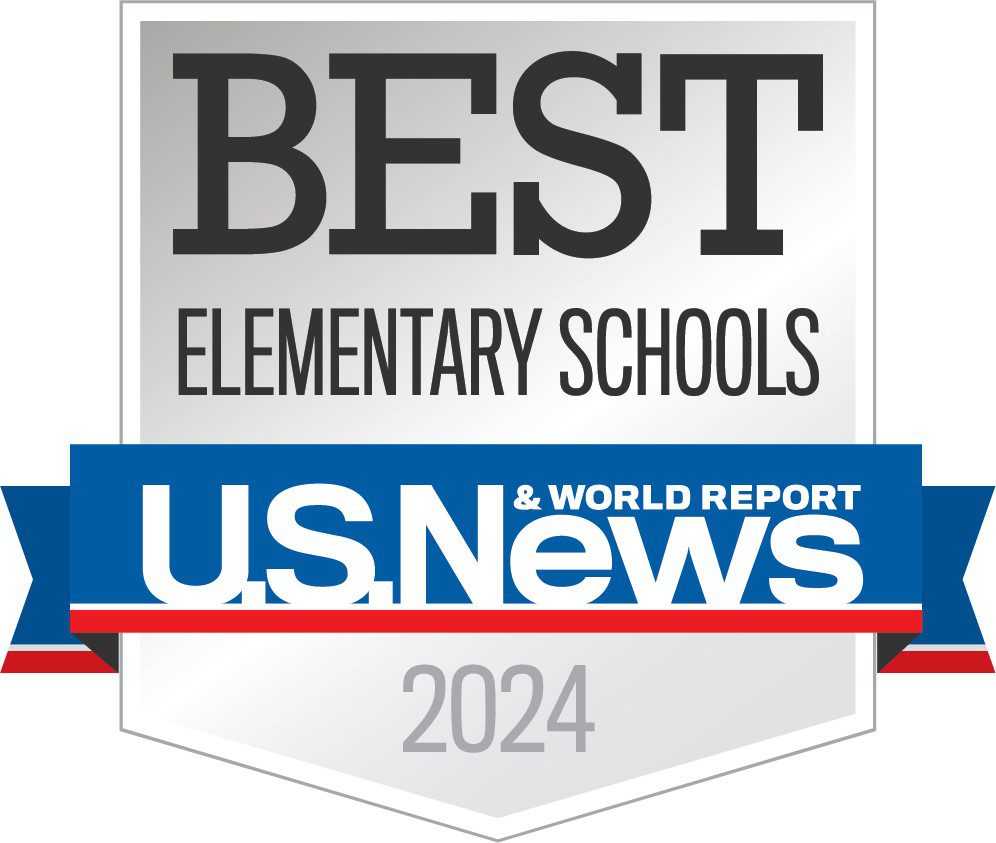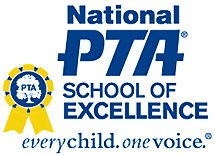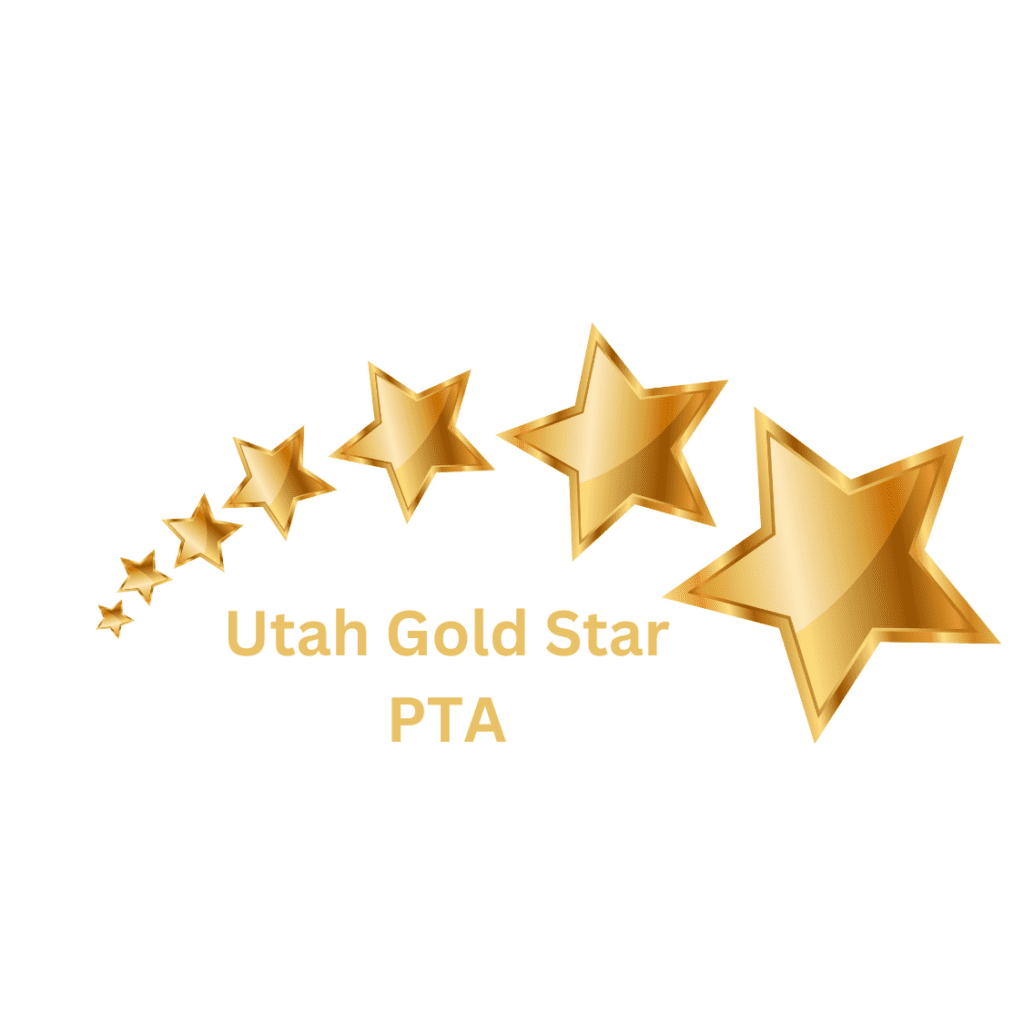Teacher and Student Success Plan
2022 – 2023
Overarching Goal:
Improve student achievement in English language arts (ELA) and mathematics, while supporting student emotional well being in and out of the classroom.
School Community Council and Staff Involvement in the TSSP
School Community Councils play an integral part in the development and monitoring of TSSP goals. Please briefly describe the participation of SCC members in the development process of this TSSP:
Enter the dates where the SCC was involved with developing the TSSP
SCC Date 1: 02/15/2022
SCC Date 2: 03/15/2022
Enter the date when school staff was able to provide input for TSSP
Staff Date 1: 03/14/2022
Enter the date when assistant principals were able to provide input for TSSP (If applicable)
AP Date 1: Not Entered
Analysis Summary:
35% of students in Kindergarten through third grade did not meet proficiency standards for Acadience Reading Composite Score (RCS) benchmark testing, and 40% of students in fourth and fifth grade did not meet proficiency standards on the Reading Inventory (RI) as of January 2022. There is a performance gap between the general population and students identified as special education and English language learners. These students need strong tier one instruction and effective tier two skills-based instruction (SBI) time using research-based reading programs. It is also important that these students have well- trained teachers, including teachers that are new to the school or profession.
Goal:
We will have 70% of our students at or above proficiency benchmark scores, using the Acadience Composite Score and Reading Inventory proficiency standards (expected and exceeded growth) by May 2023.
Action Plan Summary:
We will:
1. Continue to implement and provide ongoing professional development on LETRS, especially as it pertains to instruction and assessment.
2. Create grade-level specific goals that support school-wide TSSP goal, that will be reviewed and adjusted as needed throughout the year, during grade-level Instructional Professional Learning Community (IPLC) meetings.
3. Teachers will continue to progress monitor students. Professional development will be provided for teachers on how to use the data effectively and timely to maximize student growth opportunities.
4. Hire and train six Multi-Tiered Systems of Support (MTSS) interventionists to support reading intervention. ($75,000)
5. Purchase reading intervention materials based on what we will learn in LETRS training during the 22-23 school year. ($5,000)
6. Purchase reading intervention software for grades K-5 ie. iReady ($11,000)
7. Continue to use 95% Group intervention materials with students who are below proficiency standards in grades K-5, and Early Reading Intervention (ERI) with Kindergarten.
8. Implement the Wonders Reading Program K-5 and the 95% Core Phonics Program K-3, which is being adopted district-wide.
9. Build capacity within the Building Leadership Team (BLT) to lead and support grade-level IPLCs to improve reading instruction and social emotional learning by regularly meeting to monitor data and create plans for improvement. Hire substitutes for the BLT to meet seven times a year to monitor data and create on-going plans for improvement. ($5,000)
10. Continue to implement the two-teacher model in non-Dual Language Immersion (DLI) classrooms in order to target and strengthen ELA instruction. Provide pay or substitutes for both teachers to conduct parent/teacher conferences together. ($1,500)
11. Pay for the Kindergarten Team to meet with their iPLCs outside of contract time due to Kindergarten’s unique schedule challenges. ($4,000)
12. Fund two-thirds of a full-time Kindergarten teacher in order to reduce class sizes. (using $52,000 in carry over from the 2021-22 school year – permission was granted by the School Performance Director and District Business Administrator on 3/9/22)
13. Before/After School Reading Tutoring.
14. Increase community support and involvement with the implementation of a grade-level Family Reading Night for grades who choose to do so.
Measurement:
Progress will be measured through results in the Acadience benchmark test for grades K-3 and Reading Inventory benchmark tests for grades 4-5 that occur three times throughout the year. Progress monitoring and other assessment data will also be collected, analyzed, and used to inform and guide students and teachers toward achieving the goal.
Explain how will you increase performance so that students with disabilities are more likely to meet or exceed your TSSP goals? Include how you will monitor implementation progress:
With the implementation of the new Wonders Reading program and the 95% Group reading programs, we will make adjustments to our master schedule and coordinate the alignment of general education and special education instruction in an effort to more fully support the students with disabilities.
Explain how you will increase language production so that English learners are more likely to meet or exceed TSSP goals. Include how you will monitor implementation progress:
Many of our Spanish Multi-lingual Learners (MLs) benefit from our DLI program. Grade levels all have at least one English as a Second Language (ESL) endorsed teacher on the team that will serve and teach the English language learners in that grade. Teachers will plan specific lessons using structured classroom discussions and other language scaffolds across content areas that will allow ML students the ability to access and succeed academically across contents. In addition to this, we are also identifying MLs who are not making sufficient progress at the beginning of the year, developing Individualized Language Development Plans (ILDPs), and implementing them in order to accelerate their progress.
How and when will progress be communicated with stakeholders?
Progress reports will be shared at parent-teacher conferences, and report cards will be shared at the end of each trimester. School/Grade level data will be shared at the School Community Council (SCC) meetings. Grade -level and classroom-level data will be shared during meetings including: IPLC, BLT, and faculty meetings.

Academic Goals
Analysis Summary:
As of January 2022, 32% of students in Kindergarten through fifth grade did not meet proficiency standards on the Acadience Math Composite. Our BLT identified basic math fact fluency as the barrier to improving the math composite results. 67% of students were proficient on the M-Comp in January 2022.
Goal:
70% of K-5 Students will be at or above benchmark goals using the Number Identification Fluency (NIF) in Kindergarten and Computation scores from Acadience.
Action Plan Summary:
We will:
1. Due to the focus on the required LETRS trainings for one more year, we will provide optional professional development opportunities around building math fluency in all grades by using Number Talks, counting routines, and structured classroom discussions during core instruction to increase students’ conceptual and abstract understanding of number sense.
2. Create grade-level specific goals that support school-wide TSSP goal, that will be reviewed and adjusted as needed throughout the year, during grade-level Instructional Professional Learning Community (IPLC) meetings.
3. Teachers will continue to progress monitor students. Professional development will be provided for teachers on how to use the data effectively and timely to maximize student growth opportunities.
4. Hire and train two Multi-Tiered Systems of Support (MTSS) interventionists, at least one being bi- lingual Spanish, to support students who are below proficiency standards in math, and/or who need social skills training because it inhibits their academic progress. (12000 and ISA grant)
5. Purchase math intervention software for grades K-5 ie. iReady. ($11,000)
6. Build capacity within the Building Leadership Team (BLT) to lead and support grade-level IPLCs to improve math instruction and social emotional learning by regularly meeting to monitor data and create plans for improvement. The BLT will meet seven times a year to monitor data and create on-going plans for improvement.
7. Continue to implement the two-teacher model in non-Dual Language Immersion (DLI) classrooms in order to target and strengthen math instruction.
8. Implement and use math games that are provided for math fluency in both iReady Math and within the Canyons School District Curriculum Maps.
9. Encourage teachers who are concerned with their math data, to take advantage of the Math Building Fact Fluency Kits and training from the district.
10. Increase community support and involvement with the creation of Family Math Game Kits for students, with the possibility of a grade-level Family Math Night for grades who choose to do so. ($1,500)
Measurement:
Progress will be measured through results in the Acadience Math Computation benchmark test for grades 1-5 and Acadience Number Identification Fluency (NIF) benchmark test for Kindergarten that occur three times throughout the year. Progress monitoring and other assessment data will also be collected, analyzed, and used to inform and guide students and teachers toward achieving the goal.
Explain how you will increase performance so that students with disabilities are more likely to meet or exceed your TSSP goals. Include how you will monitor implementation progress.
Teams, including the special education team, will plan specific lessons using number talks, counting routines, and structured classroom discussions throughout the year. We will make adjustments to our master schedule and coordinate the alignment of general education and special education instruction in an effort to more fully support the students with disabilities.
Explain how you will increase language development so that English Learners are more likely to meet or exceed your TSSP goals and state requirements for adequate English language progress and proficiency.
Many of our Spanish Multi-lingual Learners (MLs) Speakers benefit from our DLI program. Grade levels all have at least one English as a Second Language (ESL) endorsed teacher on the team that will serve and teach the English language learners in that grade. Teachers will plan specific lessons using number talks, counting routines, and structured classroom discussions that will allow ML students the ability to access and succeed academically across contents. In addition to this, we are also identifying MLs who are not making sufficient progress at the beginning of the year, developing Individualized Language Development Plans (ILDPs), and implementing them in order to accelerate their progress.
How and when will progress be communicated with stakeholders?
Progress reports will be shared at parent teacher conferences, and report cards will be shared at the end of each trimester. School/Grade level data will be shared at the School Community Council (SCC) meetings. Grade level and classroom level data will be shared during meetings including: IPLC, BLT, and faculty meetings.








